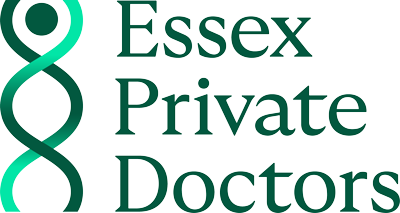PRIVATE BOTOX TREATMENT FOR MIGRAINE AND FACIAL PAIN IN ESSEX
Botox Treatment for Migraine and Facial Pain
Private Botox for Migraine and Facial Pain At Essex Private Doctors
Private Botox for Migraine and Facial Pain At Essex Private Doctors
If you’re experiencing frequent migraines, persistent temple pain, or chronic facial pain that’s disrupting your life, Botox treatment can be transformative.
Why patients choose this treatment:
Works continuously—no daily medication to remember
Prevents migraine attacks before they start
Results last 3-4 months, often with significant reduction in headache frequency
Resume normal activities immediately after treatment
Can reduce reliance on rescue medications
No systemic side effects like oral preventive medications
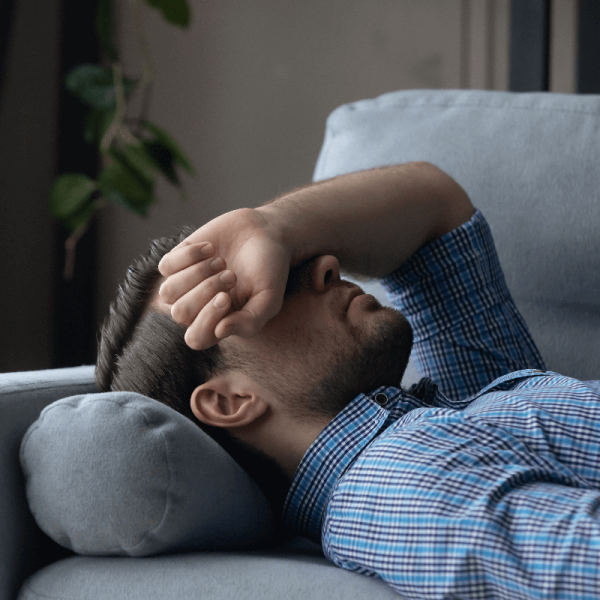
What is Chronic Migraine?
Chronic migraine is defined as experiencing headaches on 15 or more days per month, with at least 8 of those days meeting migraine criteria. But beyond the clinical definition, what it really means is that your life is being stolen from you, one headache at a time.
Facial pain—particularly the kind that settles into your cheeks, temples, or across your jaw—can occur alongside migraine or as a separate condition. This persistent aching often involves the same muscle groups and nerve pathways affected by migraine, which is why they frequently occur together.
Many people describe feeling as though they’re living with a constant background ache, punctuated by severe episodes that force them to stop everything.
The Impact of Migraine and Facial Pain
Over time, chronic migraine and facial pain can lead to:
- Frequent throbbing or pulsating headaches
- Pain across temples, forehead, or face
- Debilitating episodes that require lying in a dark room
- Nausea or sensitivity to light and sound during attacks
- Persistent dull aching between severe episodes
- Pain that disrupts work, relationships, and daily activities
- Anxiety about when the next attack will strike
- Overuse of rescue medications like triptans or painkillers
- Lost days at work or social commitments
- Difficulty planning anything because you never know when you’ll be struck down
This type of pain is surprisingly common among professionals with demanding jobs and people who spend long hours concentrating at computers. Migraine affects approximately 1 in 7 people globally, and many suffer unnecessarily because they don’t realise effective preventive treatment exists.
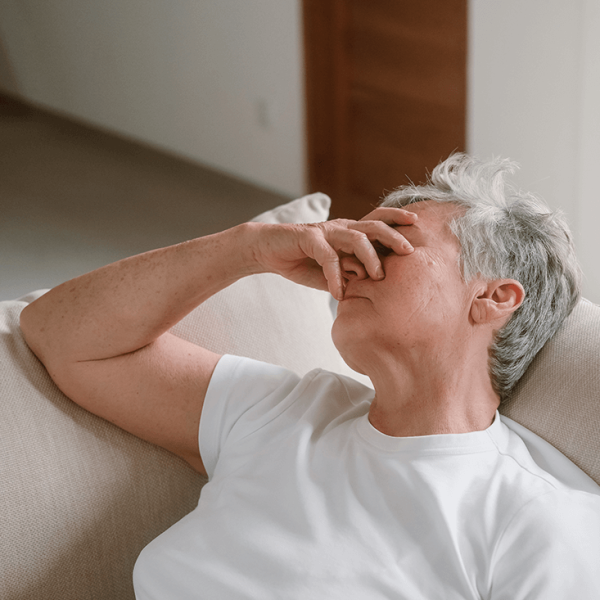
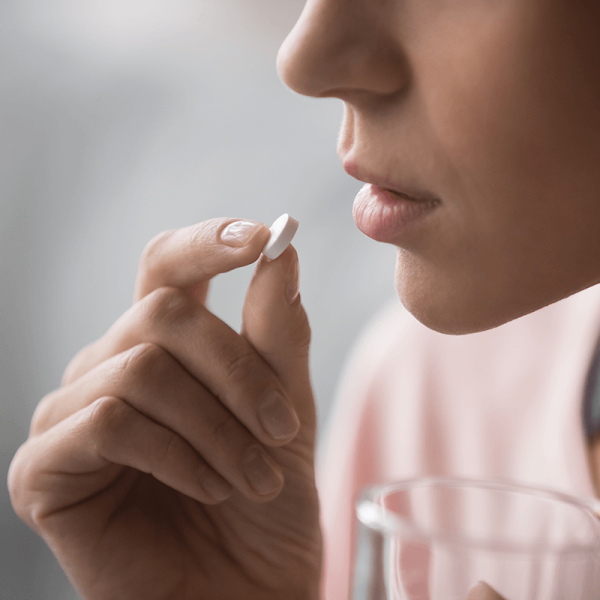
Treatments for Migraine and Facial Pain
You’re experiencing frequent migraines or persistent facial pain that’s dominating your life. The headaches interfere with work and concentration. You’re cancelling plans because you never know when an attack will strike. The facial aching is relentless. You can’t remember what it feels like to wake up without worrying whether today will be a “headache day.”
Perhaps you’ve tried multiple preventive medications—propranolol, topiramate, amitriptyline—each with their own side effects, limited effectiveness, or both. You might be taking triptans or other rescue medications so frequently that your GP has warned you about medication overuse headache. You’ve eliminated potential triggers: caffeine, chocolate, cheese, alcohol. You’ve tried magnesium supplements, riboflavin, coenzyme Q10. The headaches persist.
The problem is that chronic migraine involves complex neurological pathways and muscle involvement. Oral medications work systemically throughout your body, often causing side effects whilst providing incomplete relief. What you need is targeted treatment at the source of the pain.
And here’s what makes this condition so frustrating: you can’t simply avoid your way out of chronic migraine.
There’s a treatment that prevents migraine attacks before they start, without systemic side effects.

How Botox For Migraine Works
Am I Suitable for Botox for Migraine or Facial Pain?
You’re Likely Suitable If:

Who Shouldn’t Have Botox For Migraine
Botox for chronic migraine isn’t suitable for everyone. This treatment is not appropriate if you:
Don’t meet chronic migraine criteria:
- Experiencing fewer than 15 headache days per month
- Fewer than 8 days meeting migraine criteria
- Episodic migraine (fewer than 15 headache days monthly) typically responds better to other preventive treatments
Have mechanical TMJ problems:
- Jaw locks open or closed
- Severely restricted jaw opening (less than 35mm between front teeth)
- Jaw subluxation where joint slips out of place
Other exclusions:
- Pregnant or breastfeeding
- Have an active infection in treatment areas
- Have certain neuromuscular conditions (such as myasthenia gravis or Lambert-Eaton syndrome)
- Haven’t yet tried standard first-line preventive medications
- Have unrealistic expectations about immediate cure
Botox for chronic migraine typically requires several treatment cycles before you experience maximum benefit. If you’re expecting immediate resolution after one treatment, this may not meet your expectations. During your assessment, if it’s identified that your conditions requires a different treatment approach, we’ll happily refer you to the appropriate specialist.
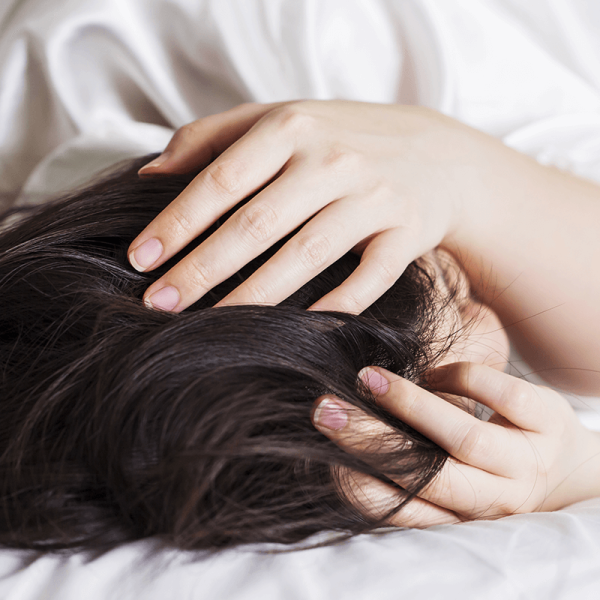

Your Treatment Journey
What Changes To Expect
Fewer migraine days per month — The primary goal is reducing headache frequency
Less severe attacks when they do occur — Migraine episodes that do break through are often milder
Reduced need for rescue medications — Less reliance on triptans and painkillers
Better ability to plan activities — Less anxiety about unpredictable attacks
Improved quality of life — More days feeling well and present
Reduced facial pain — If facial pain accompanies your migraine, this typically improves
Better sleep — If migraine was disrupting sleep, this typically improves
Your ability to eat all foods normally — No impact on chewing or jaw function
Your speech patterns — No impact whatsoever on how you speak
Your facial expressions—You’ll look exactly the same—nothing will be ‘frozen’
Your appearance — Botox for migraine uses different injection sites than cosmetic treatment
You’ll still look like yourself — The treatment prevents migraine; it doesn’t change your face
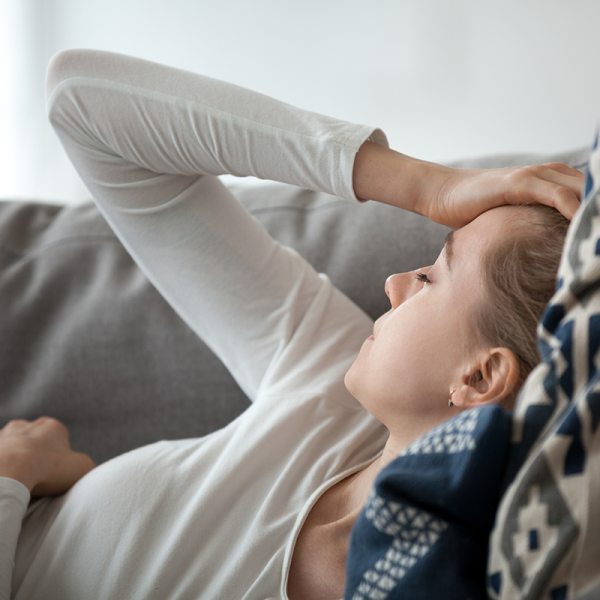

Frequently Asked Questions
Why Choose Essex Private Doctors?
Our Migraine and Facial Pain Specialist:
I’m Dr Henry Grundy-Wheeler, a GP with advanced training in using Botox to help people with chronic migraine, persistent facial pain, and jaw problems such as TMJ disorders. I’ve learned from leading maxillofacial surgeons and dental specialists who focus on complex pain conditions, and I’ve also completed additional training in migraine management.
This isn’t about cosmetic treatment. Botox, when used medically, can be a powerful tool for preventing migraines and easing pain. My approach is always guided by science and evidence, with your long-term wellbeing at the heart of everything I do. Unlike practitioners who focus purely on aesthetics, my role is to help you feel better, function better, and live with fewer symptoms.
If you ever need further support, I can connect you with trusted specialists in neurology, headache medicine, or maxillofacial care, ensuring you have the right expertise around you at every stage.
Is Botox the Right Step for You?
Frequent migraines and ongoing facial pain can take a huge toll on your daily life. If you’re wondering whether Botox could make a difference, I’m here to guide you through the options. Many people find that treatment helps cut down the number of painful days they experience, giving them more freedom and control over their lives.
If you’re ready to explore a treatment that goes beyond temporary fixes, let’s have a conversation. Together, we can see whether Botox is the right step towards reducing your symptoms and helping you feel more like yourself again.

